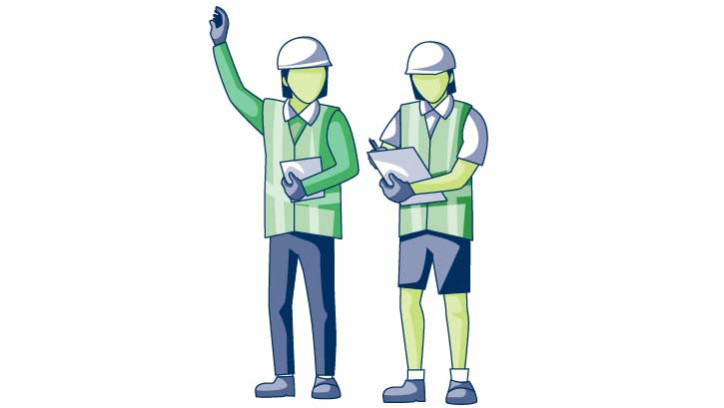CodeMark guide - CodeMark in the building consenting process
Last updated: 20 December 2022

Building consent authorities (BCAs) must accept a CodeMark certificate as evidence of compliance with the New Zealand Building Code (the Building Code), as long as the product is used in accordance with the scope and limitations defined on the certificate.
CodeMark guide - CodeMark in the building consenting process
Download a print version of the step-by-step guide
This step-by-step guide will be helpful for people who are considering:
- having their products or building methods certified under CodeMark
- using a CodeMark certified product in their building work.
Applying for a building consent
1. A CodeMark certificate is included in a building consent application. The designer/ specifier who chooses to use a CodeMark product ensures that the design incorporates the product in line with the scope and limitations of the certificate.
2. The building consent application and design is submitted to the BCA with the CodeMark certificate as supporting information.
Processing the building consent
3. The BCA checks the details of the CodeMark certificate on MBIE's register to ensure the certificate is current and valid.
4. The BCA must accept a CodeMark certificate as evidence of compliance with the Building Code, provided the certificate is current and valid and the product or method is used in accordance with the scope and limitations as defined on the certificate.
5. The BCA does not need to sight or assess any of the product's supporting evidence, such as test reports, calculations and assessments and must rely on the certificate itself as proof of compliance with the Building Code.
If the product is being used outside the scope of the certificate the BCA is unable to rely solely on the CodeMark certificate as it is not a deemed to comply pathway and therefore needs to see further evidence of compliance with the Building Code.
Issuing the building consent
6. The BCA issues the building consent.
Building works and inspections
7. The approved building work covered by the building consent begins.
8. The BCA undertakes relevant inspections as per the building consent. The BCA needs to ensure the CodeMark product is installed correctly. If a certificate specifies the product should be installed as per specific installation instructions, then the BCA checks that this is complete.
Code Compliance Certificate (CCC)
9. The building works are completed. Standard documentation is provided to the BCA for building work eg producer statements, energy work certificates, plumbing test certificates alongside the application for CCC.
10. The BCA issues the Code Compliance Certificate.